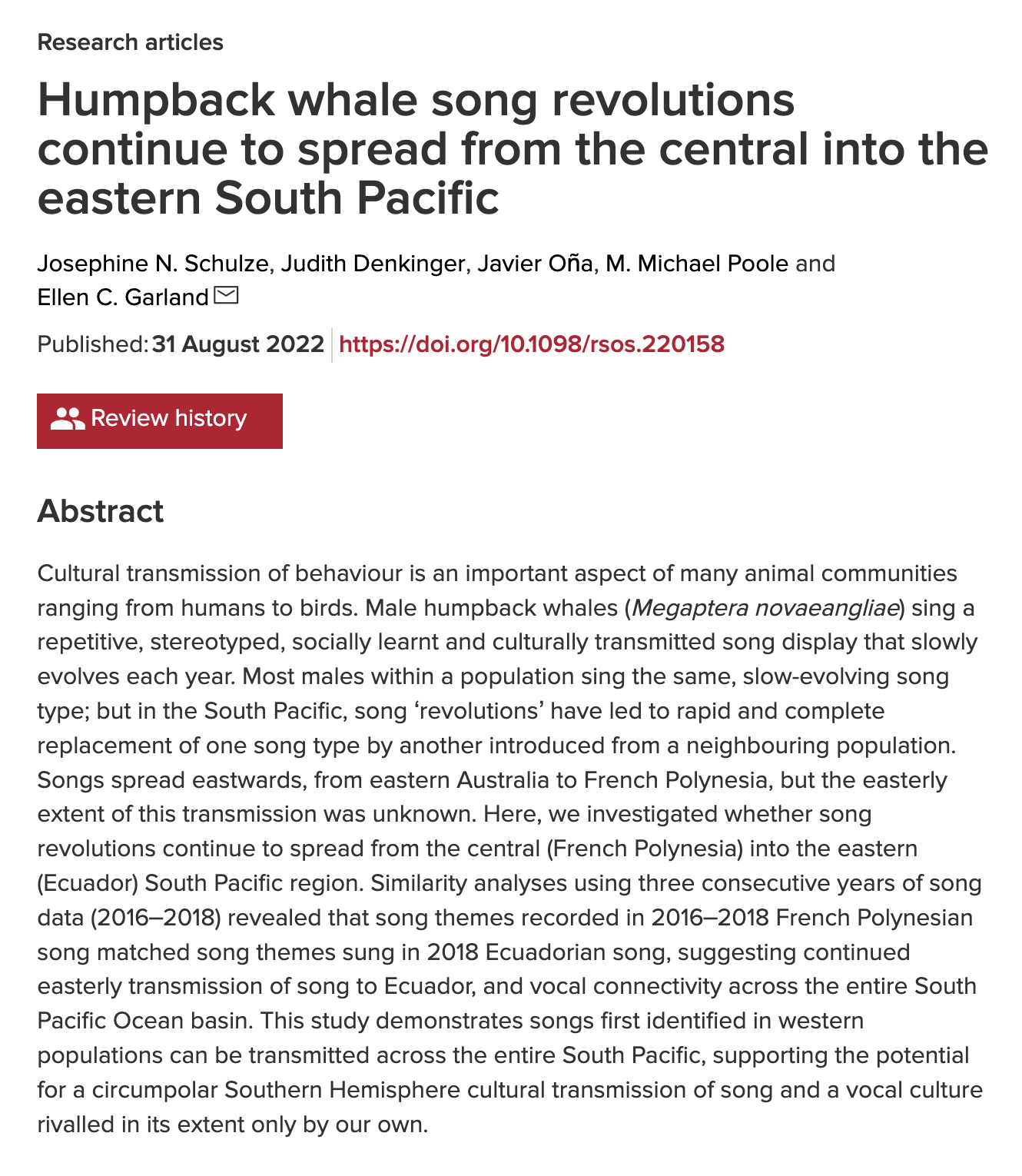Pursuing Whale Songs in Newfoundland, Canada
Our science advisor Valeria Vergara has spent 6 months working with humpback whales in Newfoundland, studying their vocal communications and song culture. She thus suggested the location to us.
During a week-long scout, the writer/director Raina Yang interviewed locals in fishing villages of Newfoundland, learning about their traditional folk cultures and connections with the ocean. Some of the villages face imminent threats from population loss and climate change. As sea levels rise, the ocean is coming ever closer to the freshwater wells. Coastal homes are vulnerable.
Below are the original scout photos of some of the villages that Raina and the key crew visited during the pre-production stage. The film was eventually filmed in New Bonaventure in collaboration with the locals.
Follow Director Raina Yang’s interview with Saltwire on this project.
KEELS
Like many outport villages in Newfoundland, Keel’s population has been shrinking with the collapse of the cod fishing industry, currently totaling around 50. Some of the highlights in Keels are the geological features known as "the Devil's Footprints" that are found on the rocks surrounding the town, the Anglican Cemetery that dates to the beginnings of the community, and a natural sea-spray phenomenon known as "Clark's Chimney Hole" on the coast. The one and only store located in the middle of the community has been owned by the Mesh family for generations. A few locals generously invited me to their houses to see the preserved age-old architecture.
OLD BONAVENTURE
Old Bonaventure is a small outport and harbour in the Trinity Bay that was originally settled by English emigrants seeking a new life in the "New Founde Lande". Old Bonaventure's recently deepened natural harbour today serves as a point of delivery for a variety of off-shore fishing boats.
NEW BONAVENTURE
"Old Bonaventure" was simply "Bonavenute" until the arrival of new settlers or "planters" led to the creation of New Bonaventure which absorbed the newcomers from England in the 19th century. The families in both villages are closely related.
Locals kindly welcomed me into their homes and told me stories about the history of these villages, from their grandfather’s floated houses and old tool cabins to the rise and fall of the local fishing industry.
Inspired by the cultural transmission of humpback whale songs, our film seeks to learn from authentic folk cultures and invite locals to collaborate as musicians and actors, creating a true-to-life visual narrative built upon both science and lyricism. Just like our protagonist, our team will travel to the island and build relationships transcending cultures, time, and space.
Appendix A
Paper on the cultural transmission of humpback whale songs

Appendix B
Guildelines for saving live stranded cetaceans

